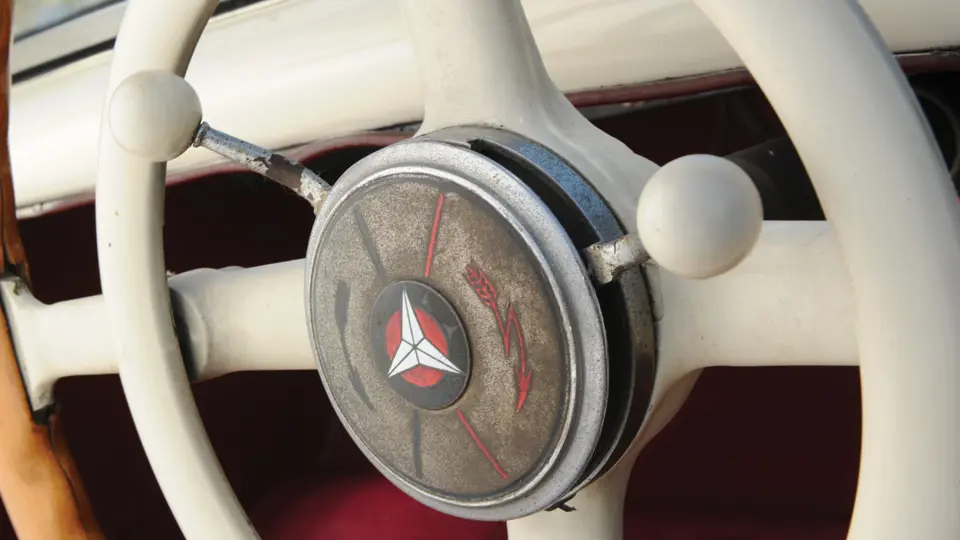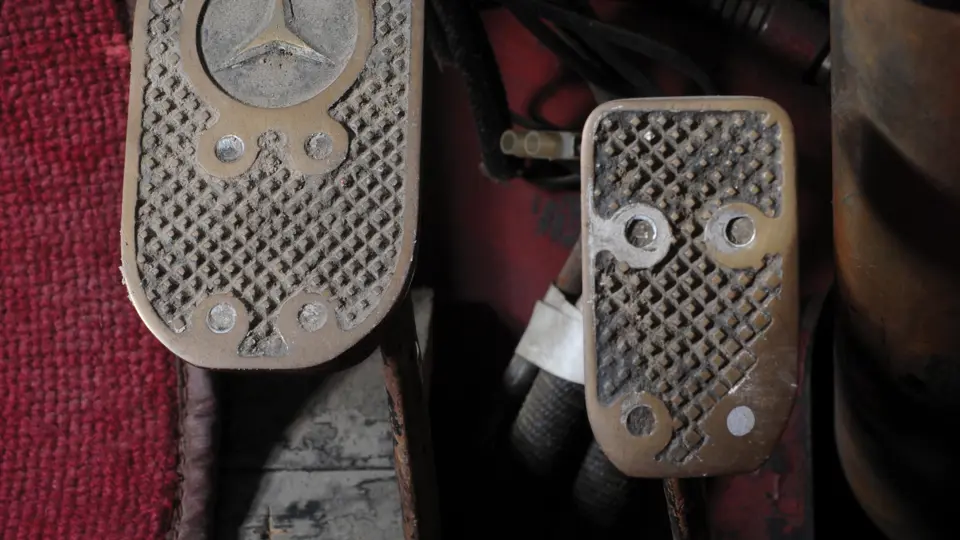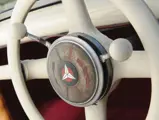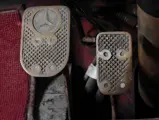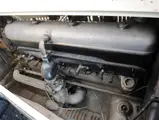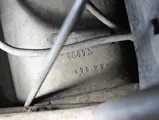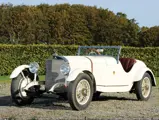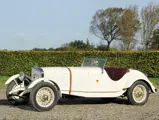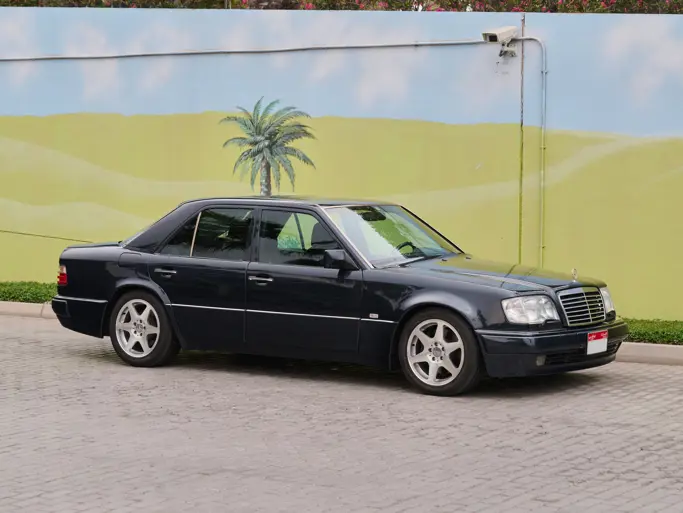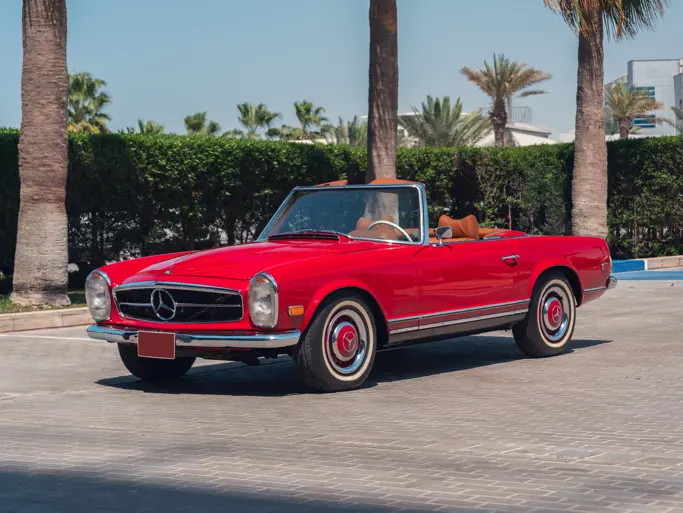Ferdinand Porsche designed the Typ S for Mercedes-Benz in 1927. Lower than its predecessor, Model K, itself a short-wheelbase version of the Typ 400, the Typ S retained the K’s 3,410 mm wheelbase but enlarged the single overhead-cam six-cylinder engine to 6,800 cc. Servo-assisted brakes were fitted, and its top speed was in the neighbourhood of 90 mph, resulting in Typ S cars finishing one-two-three in the 1927 German Grand Prix. The standard body was a factory-built four-seat tourer, but custom coachwork was popular. The Typ S was the first of the classic Mercedes-Benz cars to epitomise the genre, akin to Bentley or Alfa Romeo in their respective nations.
The Typ S became SS in 1928, with the engine enlarged to 7,065 cc and as much as 225 bhp. The SSK (K for kurz, or “short”) had a more compact wheelbase and was the choice of sportsmen. SSKs were available in several stages of tune, all of them supercharged. Competition success was rampant, with Carracciola and Werner winning the 1928 German Grand Prix and Carracciola winning the 1929 TT, the 1930 Irish Grand Prix and both the German Grand Prix and the Mille Miglia in 1931.
Just 33 SSKs were built between 1927 and 1932. At least half of them were used in competition, so attrition was high. Only about four or five genuine examples are believed to have survived. Such is the cachet of the model, however, that the construction of replicas has become almost a cottage industry. Many of these, nevertheless, retain parts scavenged from original cars.
This replica Mercedes-Benz SSK is authentically presented in German racing white. The provenance of parts remains unknown, but the overall effect is pleasing, with red leather in the cockpit, and the chassis frame and most ancillaries are in the body colour. Although of a generally pleasing appearance, the frame for the windscreen has lost some of its plating. The engine compartment has not been detailed but is tidy in most respects. The finned factory supercharger sits on the crankcase, ahead of the cylinder block, and force-feeds the carburettor through a finned tube.
A nicely-presented replica, this SSK Mercedes is bound to find favour with the sporting constituency.
Ferdinand Porsche designede Typ S modellen for Mercedes-Benz i 1927. Lavere end dens forgænger, Model K, som er en udgave af Typ 400 med kort akselafstand, har Typ S beholdt K modellens 3,410 mm akselafstand, men fik forstørret den seks-cylindrede motor med overliggende knastaksel til 6,800cc. Der blev monteret servo-bremser og top hastigheden var noget lignende 145 km/t, hvilket sikrede Typ S bilerne første-, anden- og tredjepladsen i det Tyske Grand Prix i 1927. Standardkarosseriet var en fabriksproduceret fire-sædet tourer, men specialbestilt karosseriarbejde var populært. Typ S var den første af de klassiske Mercedes-Benz biler, som blev indbegrebet af genren, ligesom Bentley eller Alfa Romeo gjorde det i deres respektive lande.
Typ S blev til SS i 1928 hvor motoren blev forstærket til 7,065cc og 225 hestekræfter. SSK (K for kurz, eller kort) havde en mere kompakt akselafstand og var sportsmændenes foretrukne valg. SSK modeller kunne fås i forskellige tuninger, alle med kompressor. Man havde masser af success på kokurrencebanen, hvor Carracciola og Werner vandt det Tyske Grand Prix i 1928 og Carracciola vandt TT i 1929, det Irske Grand Prix i 1930 og både det Tyske Grand Prix samt Mille Miglia i 1931.
Blot 33 SSK modeller blev bygget i perioden mellem 1927 og 1932. Mindst halvdelen blev brugt i løb, så de blev slidt kraftigt. Kun fire eller fem originale eksemplarer menes at have overlevet. Så særprægeter modellen, at konstruktionen af kopier blevet en populær garageindustri. Mange af disse indeholder imidlertid dele taget fra de originale biler.
Denne Mercedes-Benz SSK-kopi fremstår autentisk i den tyske racerfarve, hvid. Delenes oprindelsen er ukendt, men det samlede resultat er behageligt, med rødt læder i cockpittet og med chassisrammen og det meste tilbehør i bilens farve. Selvom den har et generelt tiltalende udseende, har forrudens ramme mistet noget af sin forkromning. Motorrummet er ikke klargjort, men det er ordentligt i de fleste henseender. Den tiarmede kompressor sidder på krumtaphuset foran motorblokken og fodrer karburatoren igennem lamelrøret.
Denne smukt præsenterede SSK Mercedes-kopi vil med sikkerhed vække begejstring blandt sportsbilister.
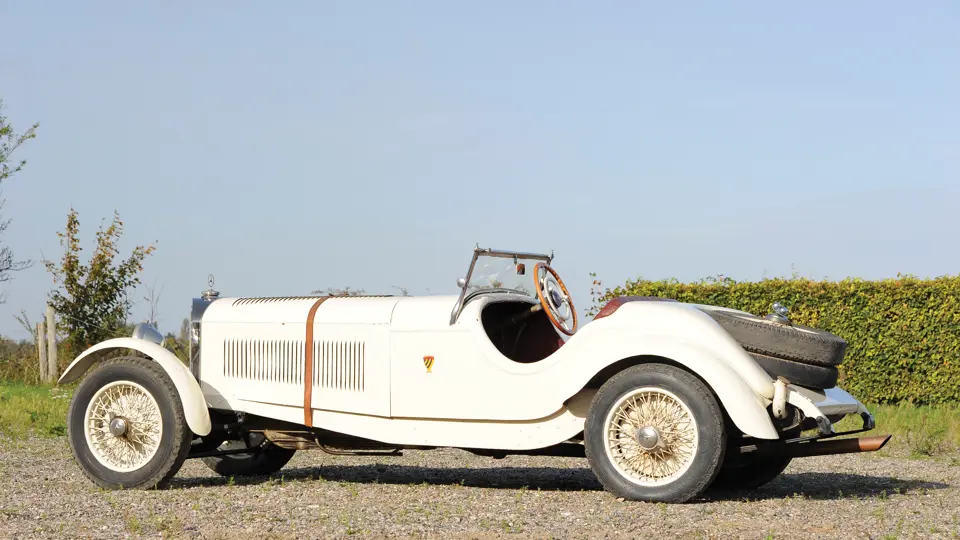



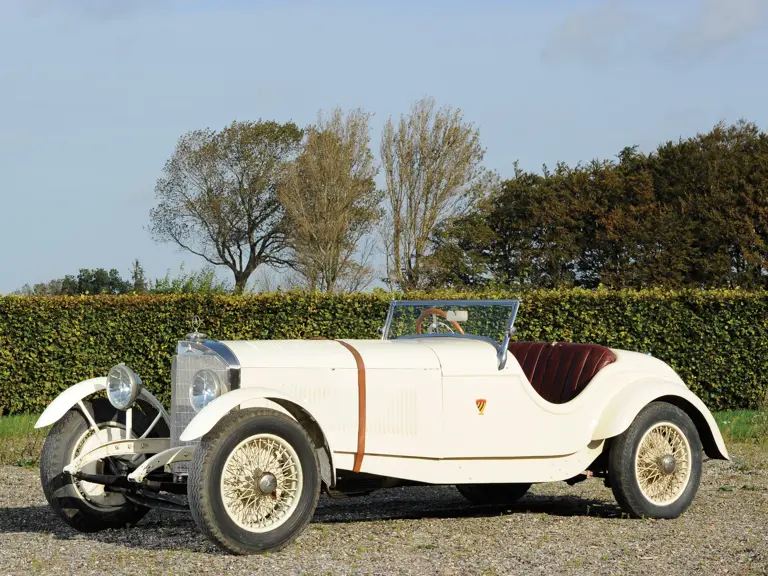
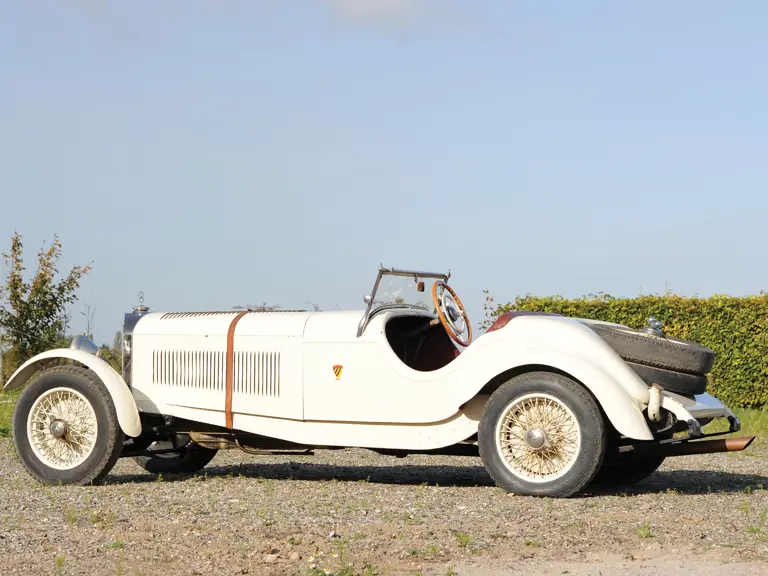
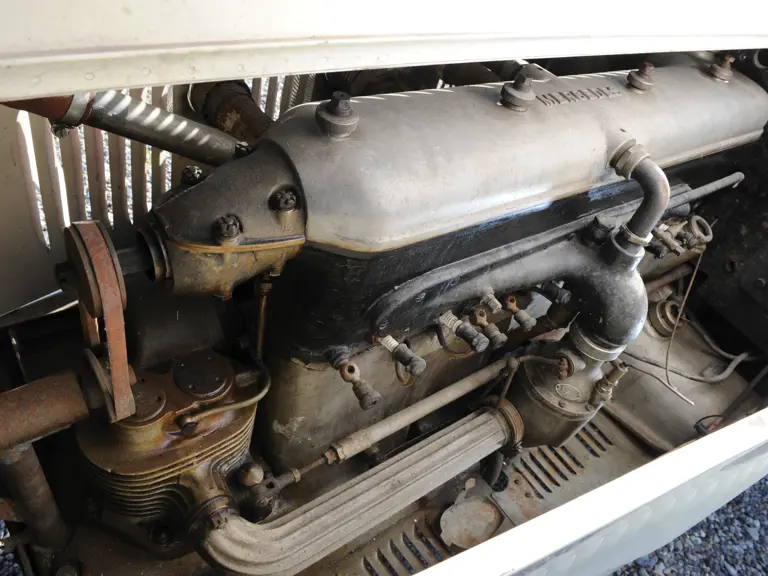
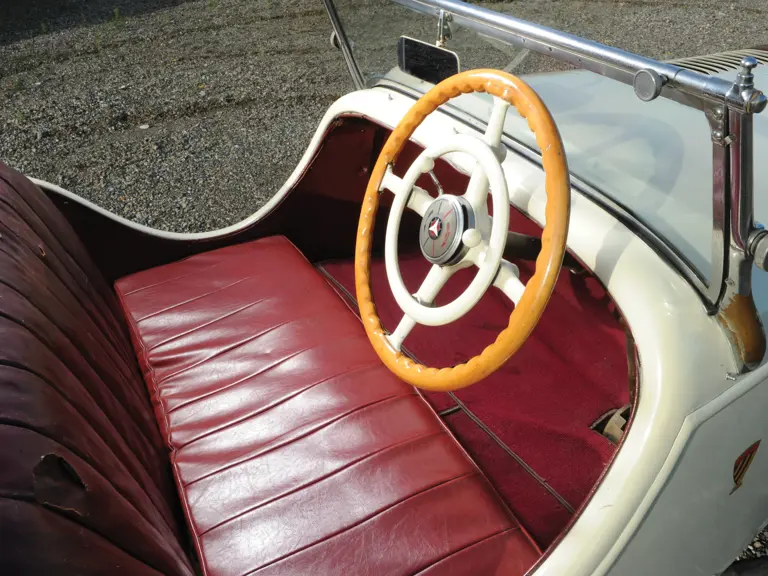
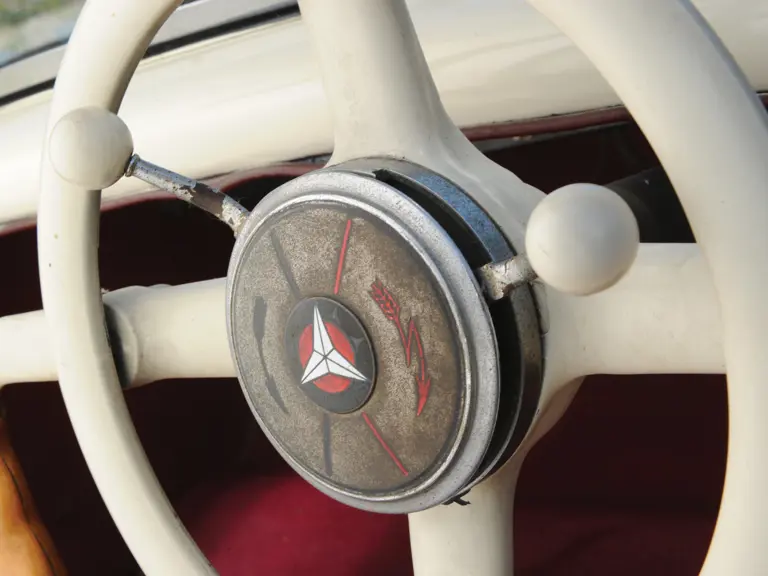

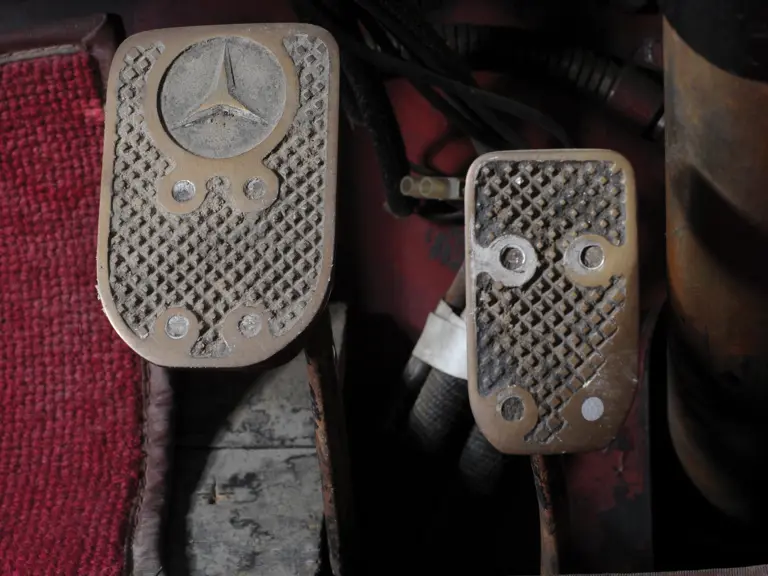
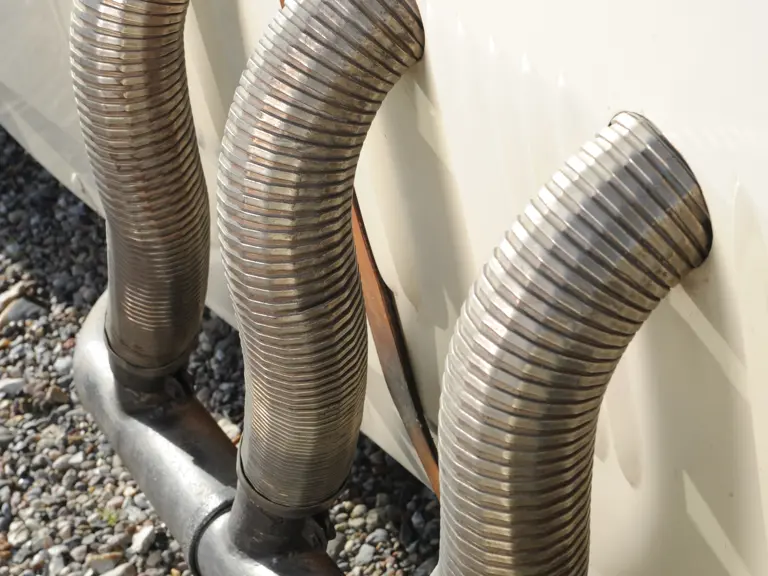
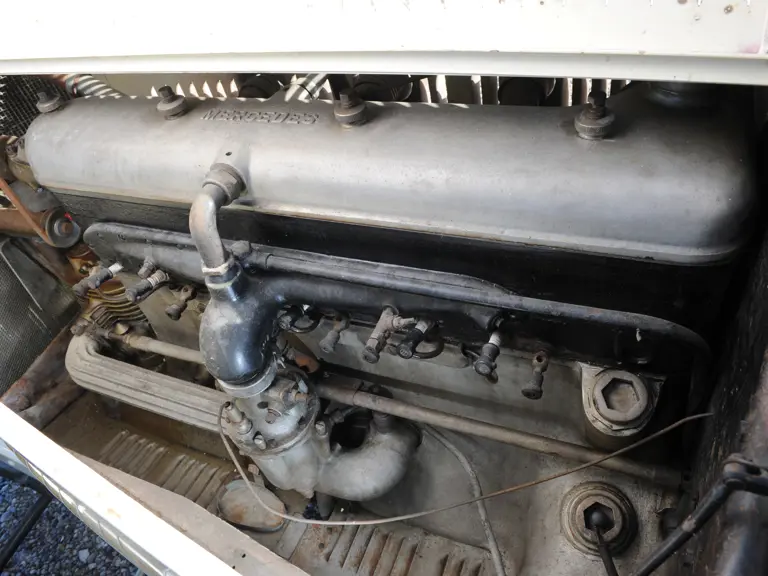

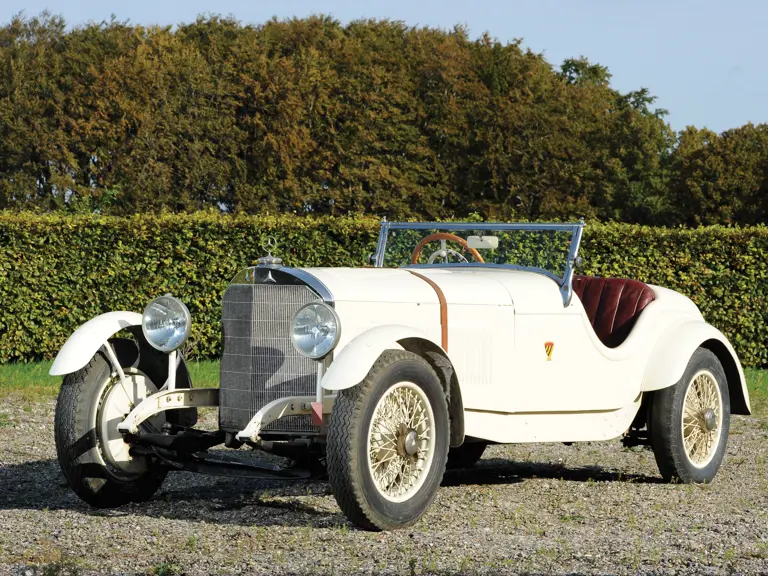
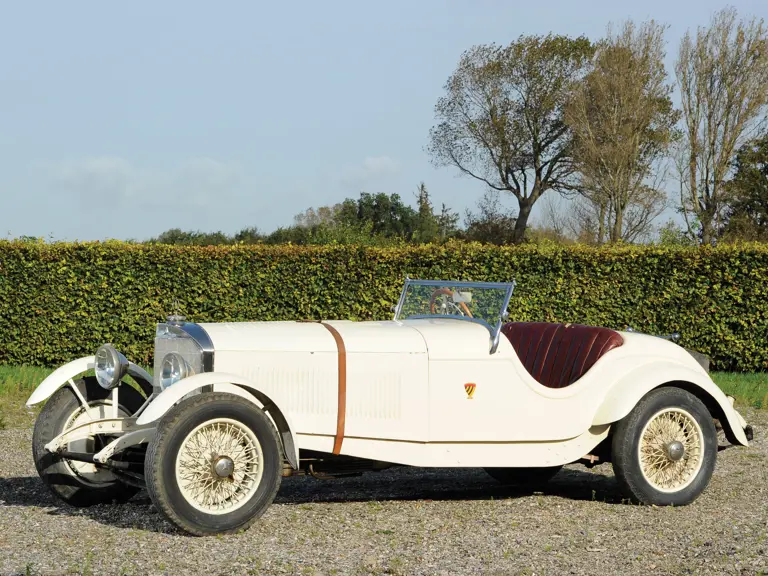
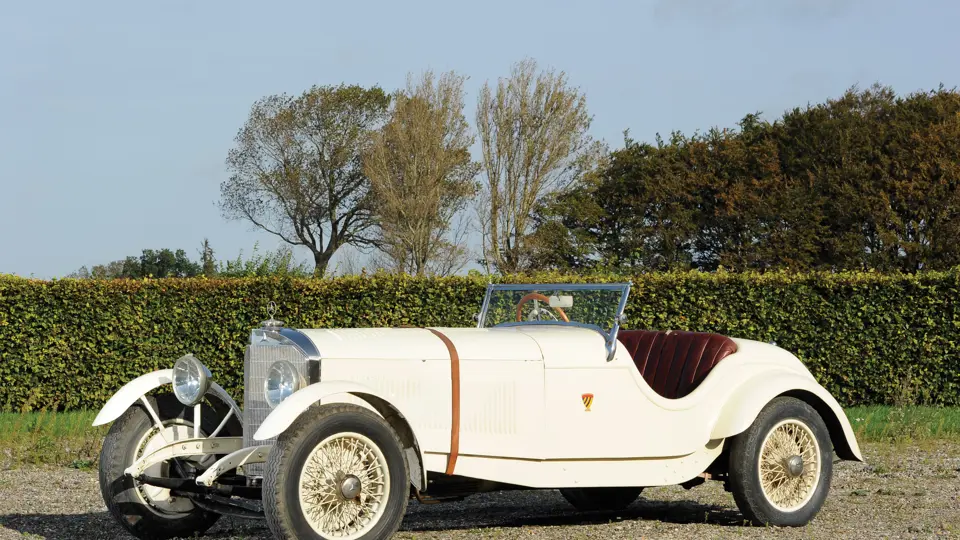
 | Nysted, Denmark
| Nysted, Denmark
